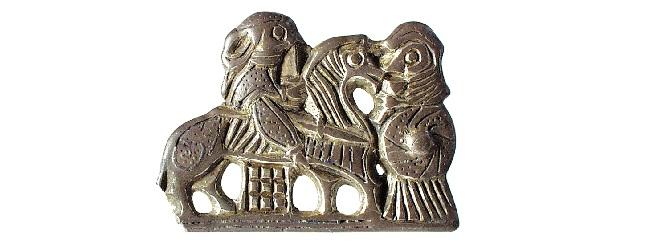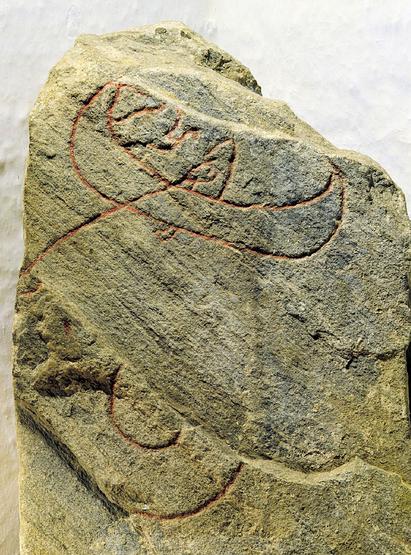The old religion

In the early Viking period the Nordic gods were worshipped in Scandinavia. Christianity was being adopted in Europe and therefore the Vikings in the north stood out as different. The Christians of Europe called the Vikings heathens. This term was used indiscriminately for those with differing beliefs. However, the Vikings were very satisfied with their own gods. Over a considerable period of time, the Nordic gods had shown their superiority with the numerous successful plundering raids against Christians around Europe.

Written sources
Our knowledge about the Vikings’ early beliefs – the pre-Christian religion – is a patchwork quilt of information from many places, periods and people, who were often from a completely different background.
The most important sources about the old Nordic religion are the poems of the Elder Edda (Poetic Edda) and the Younger Edda (Prose Edda) – a book containing retellings of the Nordic myths written by Snorri Sturluson. Both were written by Christian historical writers at the start of the medieval period. These writers must have learnt the stories about the Vikings from others. Therefore the sources do not always inform us about how the Vikings saw the Nordic gods, but more how Christians perceived them.
There are only a few sources of information from the Viking period itself. These consist of descriptions written by Arabic travellers, Christian accounts from Western Europe, skaldic poetry and rune stones. Early legal texts also contain information about the pre-Christian religion and its practices.
Apart from these sources, some archaeological objects have also been found, which tell us about the Vikings’ early beliefs and the pantheon of Norse gods. Thor’s hammers are a good example of this. Thor was the god of thunder and he protected Midgard – the world of humans – using his hammer Mjöllnir. Jewellery has also been found representing valkyries. The valkyries were female dieties, who Odin sent to the battlefield to choose the warriors that were to die and bring them to Valhalla. Here the valkyries waited upon these fallen warriors.

Copied religion?
There is evidence that the Nordic gods were worshipped as early as the Iron Age, at least 300 years before the beginning of the Viking period. Certain gold bracteates feature depictions of the Nordic gods. These include the war god Týr with his hand in the mouth of the wolf Fenrir, as well as the noble god Baldr, who was killed by an arrow.
Inspiration for the Nordic gods is believed to have come from the Mediterranean area as there are many similarities with the Roman gods.
The gods are with us on many days of the week!
Did you know that the Nordic gods are with us on many days of the week? Their names have been incorporated as follows: Tuesday means Týr’s day, Wednesday Odin’s day, Thursday Thor’s day and Friday either the wife of Odin Frigg’s day or the goddess of love Freyja’s day.
The idea of giving the days of the week the names of gods was borrowed from the Romans, who called the days after the then known planets named after gods, together with the sun and the moon. Even if the Vikings became Christian, they never completely let go of the Norse gods. The days of the week that are named after gods are a good illustration of this.

The Viking picture of the universe
The home of the gods
Ásgard floated in the air and was a large fortified castle with a high wall around it. In Ásgard were various halls and abodes, where the gods lived.
Giants
At the edge of the cosmos lived the giants – the enemies of the gods and humans. The giants were related to the Nordic gods, but were nevertheless their bitter enemies. They battled against each other time after time. Thor in particular often went out to hunt giants. The Vikings equated giants with evil and chaos. At the end of the world – Ragnarök – the giants, gods and humans would meet in a final deadly battle.
Other beings
At Yggdrasil’s roots lived the norns. These were female spirits for both gods and humans. They spun the inevitable threads of fate and were arbiters of life. The most dangerous beings were the wolf Fenrir and the Midgard serpent – a great sea snake, which stretched around the whole world.
